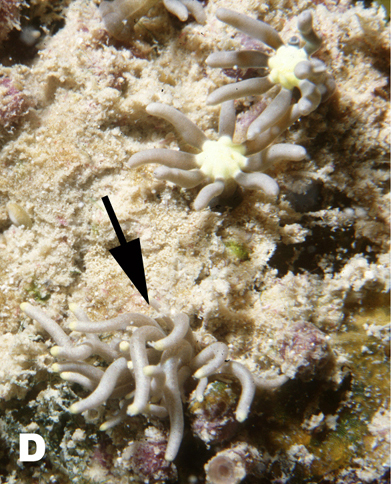|
Briareum Violaceum
''Briareum violaceum'', commonly called star polyp, is a species of a soft coral in the family '' Briareidae''.van Ofwegen, L. (2010). ''Briareum violaceum'' (Quoy & Gaimard, 1833). Accessed through: World Register of Marine Species at http://www.marinespecies.org/aphia.php?p=taxdetails&id=517640 on 2011-01-07 See also * '' Phyllodesmium briareum'' References Briareidae Corals described in 1833 {{octocorallia-stub ... [...More Info...] [...Related Items...] OR: [Wikipedia] [Google] [Baidu] |
Gaimard
Joseph Paul Gaimard (31 January 1793 – 10 December 1858) was a French naval surgeon A naval surgeon, or less commonly ship's doctor, is the person responsible for the health of the ship's company aboard a warship. The term appears often in reference to Royal Navy's medical personnel during the Age of Sail. Ancient uses Speciali ... and natural history, naturalist. Biography Gaimard was born at Saint-Zacharie on January 31, 1793. He studied medicine at the naval medical school in Toulon, subsequently earning his qualifications as a naval surgeon. Along with Jean René Constant Quoy, he served as naturalist on the ships ''L'Uranie'' under Louis de Freycinet 1817–1820, and ''L'Astrolabe'' under Jules Dumont d'Urville 1826–1829.Google Books Discovery of Australia's Fishes: A History of Australian Ichthyology to 1930 by Brian S ... [...More Info...] [...Related Items...] OR: [Wikipedia] [Google] [Baidu] |
Soft Coral
Alcyonacea, or soft corals, are an order of corals. In addition to the fleshy soft corals, the order Alcyonacea now contains all species previously known as "gorgonian corals", that produce a more or less hard skeleton, though quite different from "true" corals (Scleractinia). These can be found in suborders Holaxonia, Scleraxonia, and Stolonifera. They are sessile colonial cnidarians that are found throughout the oceans of the world, especially in the deep sea, polar waters, tropics and subtropics. Common names for subsets of this order are sea fans and sea whips; others are similar to the sea pens of related order Pennatulacea. Individual tiny polyps form colonies that are normally erect, flattened, branching, and reminiscent of a fan. Others may be whiplike, bushy, or even encrusting. A colony can be several feet high and across, but only a few inches thick. They may be brightly coloured, often purple, red, or yellow. Photosynthetic gorgonians can be successfully kept in c ... [...More Info...] [...Related Items...] OR: [Wikipedia] [Google] [Baidu] |
Briareidae
Briareidae is a family of corals, a member of the phylum Cnidaria. Genera Genera in this family include: * ''Briareum ''Briareum'' is a genus of soft corals in the family Briareidae. The coral is cultivated by aquarium owners for its fluorescing polyps, which reveal themselves under actinic light. The genus is in need of extensive examination, as many specimens ...'' Blainville, 1834 * '' Lignopsis'' Perez & Zamponi, 2000 * '' Pseudosuberia'' Kükenthal, 1919 References Scleraxonia Cnidarian families {{octocorallia-stub ... [...More Info...] [...Related Items...] OR: [Wikipedia] [Google] [Baidu] |
Phyllodesmium Briareum
''Phyllodesmium briareum'' is a species of sea slug, an aeolid nudibranch, a marine gastropod mollusc in the family Facelinidae.Bouchet, P. 2015''Phyllodesmium briareum''.In: MolluscaBase (2015). Accessed through: World Register of Marine Species on 2015-10-06 Distribution The distribution of ''Phyllodesmium briareum'' includes Indo-Pacific and Australia.Rudman, W.B., 1999 (November 25''Phyllodesmium briareum'' (Bergh, 1896). n/nowiki> Sea Slug Forum. Australian Museum, Sydney. Description ''Phyllodesmium briareum'' uses camouflage and looks like the soft coral '' Briareum violacea'' with which it is often found. It grows to 25 mm in length. This species contains zooxanthellae Zooxanthellae is a colloquial term for single-celled dinoflagellates that are able to live in symbiosis with diverse marine invertebrates including demosponges, corals, jellyfish, and nudibranchs. Most known zooxanthellae are in the genus '' ... but has cerata of conventional aeolid sha ... [...More Info...] [...Related Items...] OR: [Wikipedia] [Google] [Baidu] |


